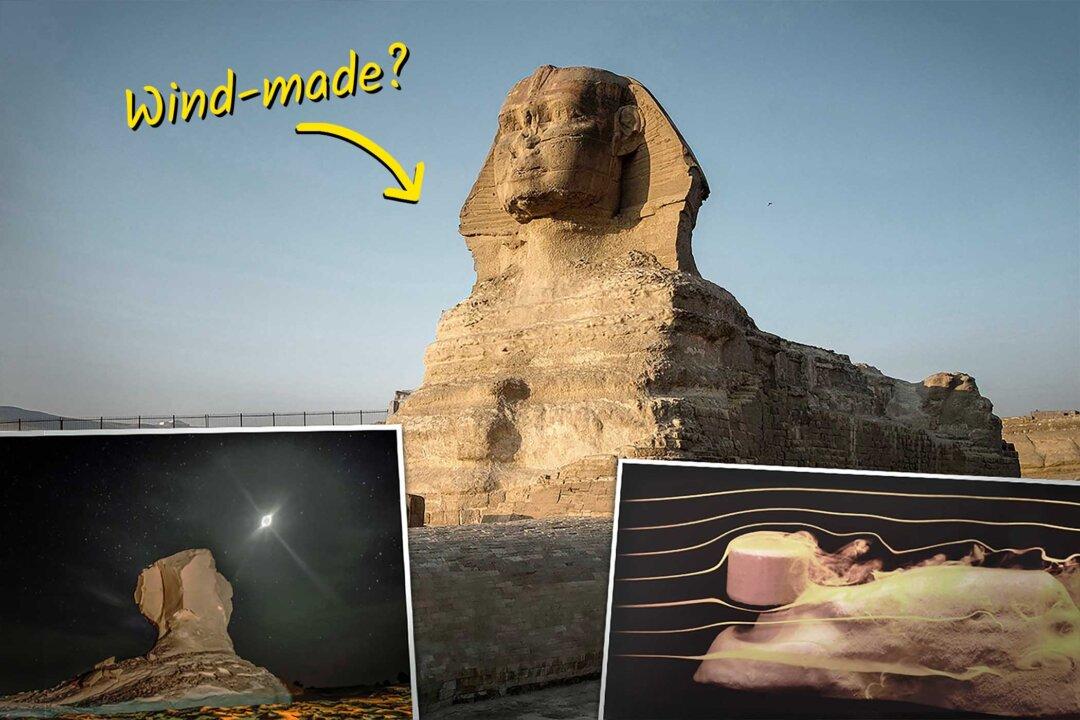Disclaimer: This article was published in 2023. Some information may no longer be current.
The scientists observed the sandstorm they had conjured for an experiment. Or rather, had simulated.


The scientists observed the sandstorm they had conjured for an experiment. Or rather, had simulated.